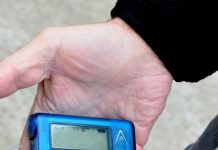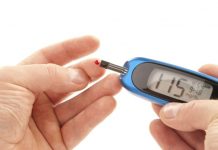This is due to a combination of low GI (glycemic index) and certain type of indigestible carbohydrates that occur in certain grain products. The findings are presented in a dissertation from the Faculty of Engineering at Lund University. The dissertation shows that even people who have had a breakfast low in GI find it easier to concentrate for the rest of the morning.
For related information, visit:
Glycemic index is the scale which ranks carbohydrate rich foods in order of how they affect your body’s blood sugar levels compared to glucose or white bread. All the carbs do not have the same effect on the body.
When you eat the food that contains carbohydrates, your level of blood glucose rises with glycemic response speed. Glycemic response results by considering the amount of food you eat, type of food and whether the food is processed or not.
Suppose, if you eat a boiled potato, your glucose level rises in milliseconds. If you are eating legumes or fruits or vegetables, your glucose level rises in thirty minutes. Generally, if the glycemic response is low, your quality of food will be better.
If the food has low glycemic response and low glycemic index, there will be small fluctuations in levels of blood sugar or insulin thereby reducing diabetes and coronary heart disease risk and helps in maintaining a ideal body weight.
If the GI is less than 55, they are called low glycemic foods. These foods cause slow and low rise in levels of blood glucose. Examples of low GI foods are apples and sweet potatoes. If the GI is between 55 and 70, they are called intermediate GI foods and cause blood glucose levels to go up to moderate range. Examples of intermediate GI foods are pineapples and mangoes.
If GI is greater than 70, they are called high GI foods. These foods cause rapid rise in levels of blood glucose. Examples of high GI foods are watermelon and cornflakes.
How GI is measured?
A group of people are given food that contains carbohydrate 50 grams. Blood glucose levels of that group are measured for every fifteen minutes for two to three hours. The measured results will be plotted on the graph and graph size is measured by computer program. Average response to each food by the group members is compared to the response to the standard glucose level to create glycemic index.













